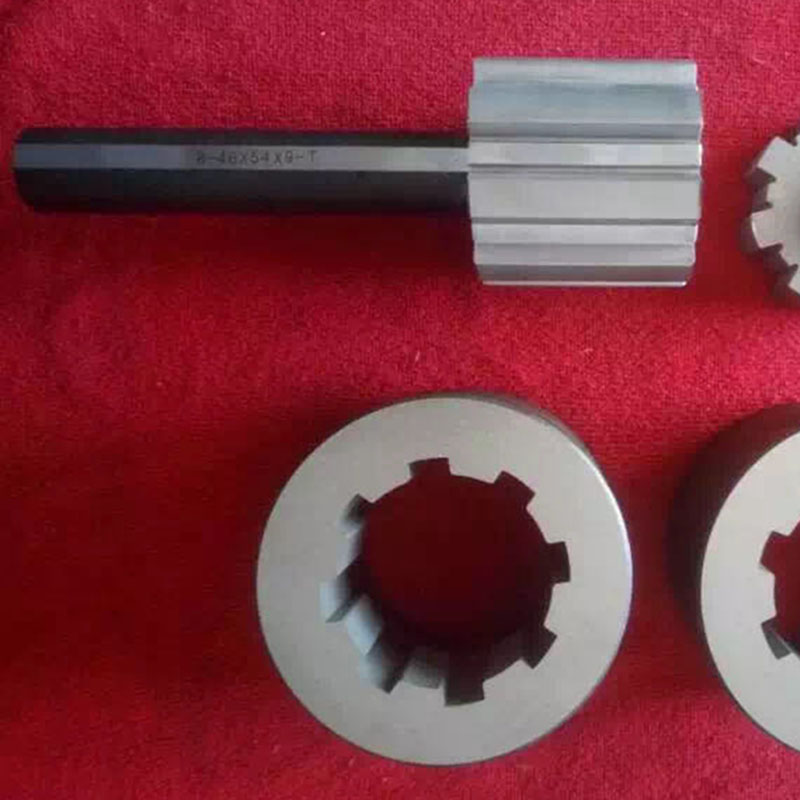снеж . 21, 2024 14:33 Back to list
pin gauge measurement
Understanding Pin Gauge Measurement Principles and Applications
Pin gauge measurement is a widely used technique in various engineering and manufacturing domains, providing precise dimensions essential for quality control and product integrity. Pin gauges, also known as pin measuring tools, consist of a series of cylindrical pins of known diameter that are used to measure hole sizes, gaps, and clearances with exceptional accuracy. This article delves into the principles, applications, and advantages of pin gauge measurement.
Principles of Pin Gauge Measurement
The fundamental principle behind pin gauges is their ability to compare unknown dimensions against known standards. Each pin gauge is manufactured to exact specifications, with each pin's diameter representing a specific measurement. These gauges are typically categorized into two main types go and no-go pins.
- Go Pins These pins are designed to fit into a hole or gap, confirming that the measured space is within the acceptable tolerance range. - No-Go Pins Conversely, these pins are designed to be larger than the specified dimension. If the no-go pin fits, it indicates that the hole or gap is too large and exceeds the maximum allowable limit.
Together, these gauges provide a simple yet effective way to ensure that manufactured parts meet predetermined specifications.
Applications of Pin Gauge Measurement
Pin gauges are extensively utilized in industries such as automotive, aerospace, and precision engineering, where dimensional accuracy is critical. Their applications include, but are not limited to
1. Inspection of Hole Sizes Pin gauges are used to measure the diameters of holes in various components, ensuring they meet design specifications. For instance, in engine manufacturing, accuracy in hole sizes is vital for proper assembly and performance.
2. Quality Control Regular use of pin gauges in quality control processes helps maintain product standards. By consistently verifying measurements, manufacturers can reduce defects and improve overall reliability.
3. Calibration of Machines Manufacturers often use pin gauges to calibrate machines that produce or utilize pre-machined components. This ensures that the equipment is functioning correctly and producing parts within the desired tolerance levels.
pin gauge measurement

Advantages of Pin Gauge Measurement
The use of pin gauges offers several advantages that contribute to their popularity in precision measurement
- High Precision Pin gauges provide highly precise measurements, essential for industries where even minor deviations can lead to significant issues.
- Ease of Use Their straightforward design makes pin gauges easy to use, requiring minimal training for operators. This accessibility allows for quick measurements without the need for complex setups.
- Durability Made from high-quality materials, pin gauges are durable and resist wear, providing longevity and reliability in a manufacturing environment.
- Cost-Effective Compared to other measurement tools, pin gauges are relatively inexpensive, making them a cost-effective choice for manufacturers.
- Versatility Pin gauges are available in a range of sizes and can be used in various applications, making them versatile tools in a measurement toolkit.
Conclusion
Pin gauge measurement is an integral part of the manufacturing process, ensuring that components meet required specifications and tolerances. By utilizing both go and no-go gauges, manufacturers can easily assess whether parts are within the desired limits, facilitating quality control and reducing the likelihood of defects. As industries continue to prioritize precision, the relevance of pin gauge measurement will undoubtedly endure, solidifying its place as a fundamental tool in engineering and manufacturing. Understanding its principles, applications, and advantages enables professionals to utilize pin gauges effectively, contributing to the overall success and reliability of their operations.
-
Precision Manufacturing with Advanced Spline Gauge DesignNewsJul.31,2025
-
Industrial-Grade Calibrated Pin Gauges for Exact MeasurementsNewsJul.31,2025
-
Industrial Filtration Systems Depend on Quality Filter DN50 SolutionsNewsJul.31,2025
-
High-Performance Gate Valve WholesaleNewsJul.31,2025
-
Granite Surface Plate The Ultimate Solution for Precision MeasurementNewsJul.31,2025
-
Granite Industrial Tools The Ultimate Guide for Bulk BuyersNewsJul.31,2025
Related PRODUCTS









